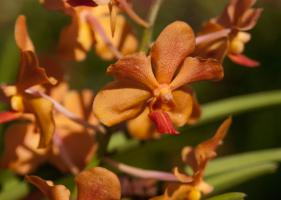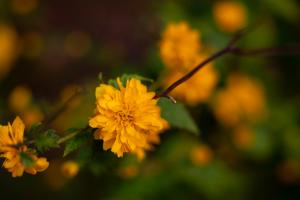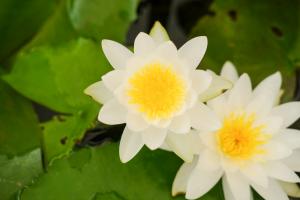Can You Plant a Birch Tree in the Fall?
Birch trees are beautiful trees that are often used for landscaping. They are known for their white bark and delicate leaves. If you are considering planting a birch tree in your yard, you may be wondering if fall is a good time to do it. In this article, we will explore whether or not you can plant a birch tree in the fall.
The Best Time to Plant a Birch Tree
The best time to plant a birch tree is in the spring or fall. Planting in the spring allows the tree to establish itself over the summer, while planting in the fall allows the tree to focus on root growth during the winter months. Summer planting can be stressful on the tree, as it has to deal with both root and canopy growth in the heat of the season. Fall planting is often preferred for this reason.
Planting a Birch Tree in the Fall
Planting a birch tree in the fall is possible and can be successful, but it requires some preparation. The first step is to choose a healthy tree from a reputable nursery. Look for a tree with strong roots and a well-developed canopy. Before planting, make sure to check the soil pH and soil drainage. Birch trees prefer well-draining soil with a pH of 6.0 to 7.5. If necessary, adjust the pH with lime or sulfur to create the optimal growing conditions.
After digging the planting hole, add organic matter such as compost or peat moss to the soil to improve structure and water retention. Water the tree thoroughly after planting, and continue to water regularly throughout the fall. Fall-planted trees need about an inch of water per week.
Cold Weather Protection
If you live in an area with cold winters, it is important to protect your newly planted birch tree from frost and freezing temperatures. Wrap the trunk in burlap or tree wrap to prevent sunscald and frost cracks. You can also mulch around the base of the tree to insulate the roots and retain moisture. Monitor the tree throughout the winter and water as needed, taking care not to overwater.
Birch Tree Care in the Fall
Once your birch tree is planted, it will need regular care to ensure healthy growth. During the fall, it is important to continue watering the tree regularly until the ground freezes. Remove fallen leaves from around the base of the tree to prevent disease and insect problems. Prune any dead or damaged branches to prevent insects and disease from spreading.
Conclusion
Planting a birch tree in the fall can be successful if you take the proper steps to prepare and protect the tree. Choose a healthy tree from a reputable nursery, prepare the planting hole with organic matter and the proper soil pH, and water regularly throughout the fall. Protect the tree from frost and freezing temperatures with burlap or tree wrap, and monitor it throughout the winter. With proper care, your birch tree will thrive and provide beauty and shade for years to come.

 how many times do yo...
how many times do yo... how many planted tre...
how many planted tre... how many pine trees ...
how many pine trees ... how many pecan trees...
how many pecan trees... how many plants comp...
how many plants comp... how many plants can ...
how many plants can ... how many plants and ...
how many plants and ... how many pepper plan...
how many pepper plan...































